Tom Willms arrives at Howarth Creek on May 9 with two beavers in the back of his truck.
Having beavers in his vehicle will be a regular occurrence for the biology professor — he holds a permit to translocate up to 20 of them to beaver dam analogues throughout Howarth Creek in the Nicola Valley.
Mimicking the look of regular beaver-built beaver dams, the analogues have one crucial difference: they’ve been built by humans to provide some of the same ecological functions that beavers do, like creating wetlands — which can improve resiliency against wildfires, drought and flooding — and improving fish habitat by cooling and slowing streams.
For the analogues to function long-term, beavers are key.
Up a winding logging road, Willms, First Nations Elders and various people connected to the Howarth Creek project meet to release siblings Rudy and Judy, who were live-trapped by trapper Silas Potter.
After surveying the analogues and inspecting the wetland, Elders perform a prayer ceremony. They thank the water, land and the beavers before Willms and Potter carry Rudy and Judy from the back of the truck over to the water's edge.
One at a time, the beavers are released into their new habitat. As the doors open, they immediately walk into the water and swim away to begin exploring the ponds.
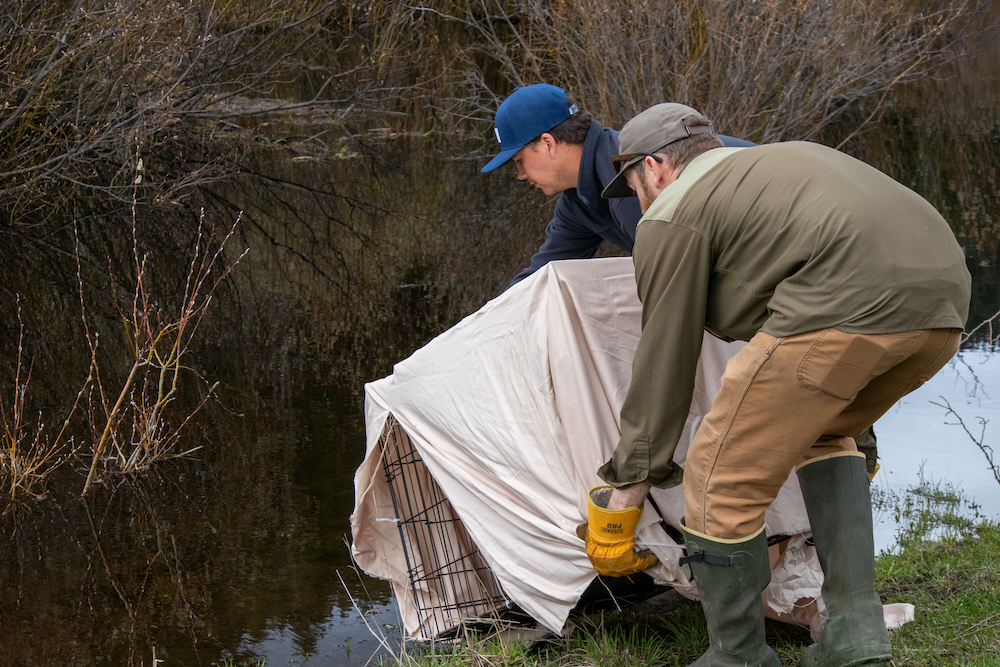
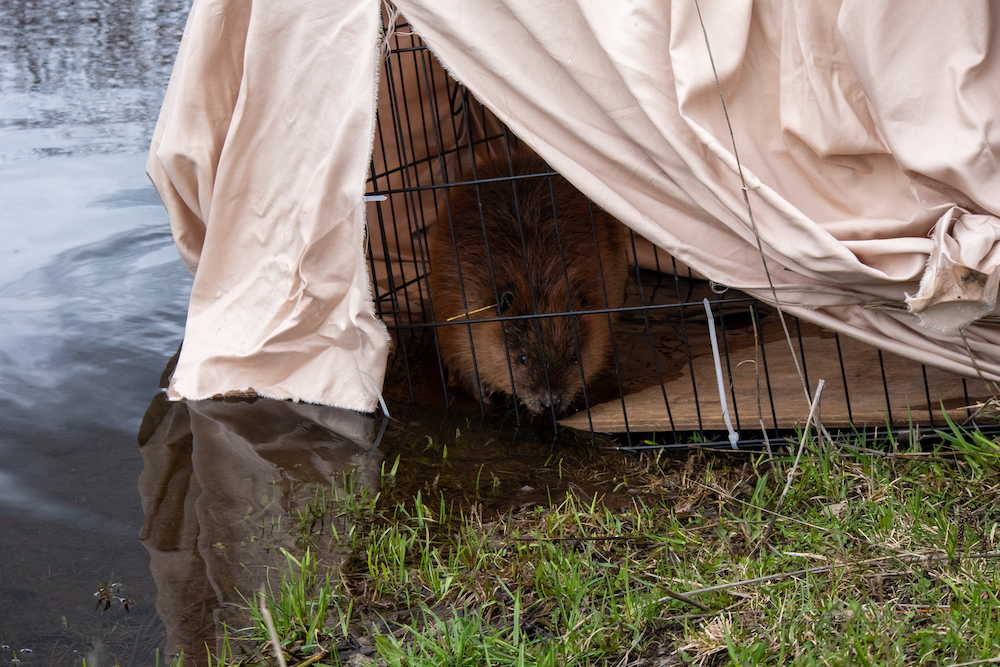
Jordan Bryce, who, like Willms, teaches at the Nicola Valley Institute of Technology, was brought into the project because of her background in animal care. Bryce imagines the beavers were somewhat critical when they saw the analogues.
“He did a little lap and then climbed right up on the dam and kind of investigated,” Bryce says. “He swam over to the other side and looked at where some water was kind of leaking through and it seemed like he was like, ‘Man, I have a lot of work to do today.’”
‘The ducks and the geese were coming’
This beaver dam analogue is one of a handful that were created back in 2021, when Willms commissioned Melissa Buck, a Nooaitch Indian Band member who owns Buck Contracting, to lead the construction of 10 analogues as part of a stream restoration project with the Fraser Basin Council. The goal of the project is to restore watershed health and salmon habitat in B.C., Buck says.
“We’re doing whatever we can to get this watershed restored,” Buck says. “I plan on being part of restoration work throughout the timeline so I’m able to pass that on to my future generations.”
Buck and others used local materials to build the structures on-site, reducing the footprint from their work while following an initial design for the analogues. They built the structures by putting posts into the ground with about a foot and a half between them, weaving willow throughout the posts and placing fir and spruce boughs on the analogues, and then building up soil and rocks around them.
The floodplain improved within days. After the second dam was created, Buck’s team saw that the stream was being pushed down underground, allowing water to be stored and upwell later on down the stream.
“The pools just start filling themselves,” Buck said. “Once all the dams were filled, that created a little wetland and the ducks and the geese were coming.”
The wide range of environmental benefits from beavers and analogues has been shown throughout the western U.S., including Utah State University’s Beaver Restoration Assessment Tool, commonly referred to as BRAT.
The BRAT grew out of a 2013 case study in Utah exploring how landscapes with waterways could benefit from the reintroduction of beavers, and subsequently became a full-fledged assessment tool for planning where to reintroduce the rodents.
The Howarth Creek project was a first for B.C. It confirmed that beaver dam analogues could be an effective tool for enhancing wetlands in the province.
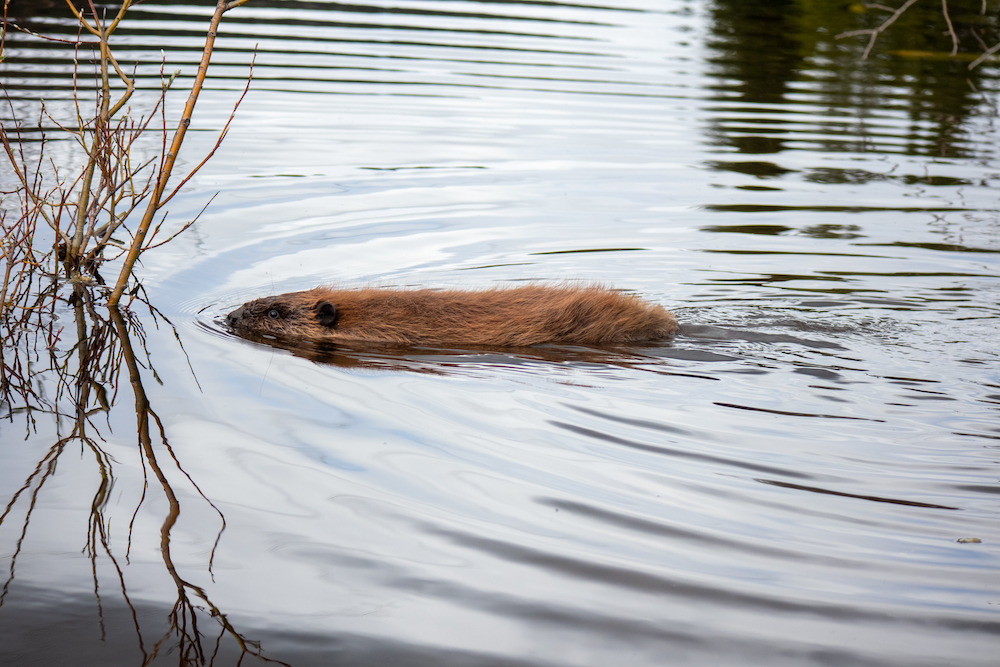
A number of big players in the province have taken note.
The BC Wildlife Federation, alongside the Department of Fisheries and Oceans, will use beaver dam analogues to restore ecosystems and protect against floods, drought and wildfires. By 2026, the federation will have funded the creation of 100 beaver dam analogues across the province through the Water, Water Everywhere initiative.
Despite the growing evidence for the effectiveness of beaver dam analogues, some hesitancy lingers about beavers themselves. What looks like landscape restoration to a biologist might look like crop destruction to a farmer.
Re-beavering Canada
By the mid-19th century, beavers had been hunted to near extinction in Canada for fur hats that became popular with Europeans in the 1600s and 1700s. While the Government of Canada estimates there were 6 million of them before the fur trade de-beavered much of the country, another research estimate puts the number as high as 60 to 400 million beavers throughout North America across 15 million square kilometres. They swam in almost every watercourse from the arctic to northern Mexico.
By 1979, a beaver management plan created by B.C.’s Ministry of Environment estimated the province was home to between 400,000 and 600,000 beavers. The document estimated the Thompson-Okanagan region contained 11 per cent of the province’s population, while the estimate for the Lower Mainland was two per cent.
Cherie Westbrook, a University of Saskatchewan professor researching beaver’s various impacts on North America’s landscape, says that as of 2000, the number of beavers in North America was likely somewhere between 9.6 million to 50 million.
“There’s just a great deal of uncertainty because there aren’t good methods to enumerate beaver populations and the features they produce on the landscape,” Westbrook says.
But, she says, that’s about to change. A new project called EEAGER is being launched by Emily Fairfax, a U.S. beaver expert, in partnership with Google. Using machine learning and aerial imaging, researchers hope to get a more accurate picture on beaver numbers.
Protections for beavers in B.C. in the first two decades of the 1900s resulted in their population rebounding in later years, including returns to decades-old beaver dams and dried up beaver ponds.
Westbrook says this return has come as a surprise to some settler-descended farmers who are “resistant” to seeing beavers move closer to their farmlands, but notes that, in many cases, it’s just a return to what things looked like a few hundred years ago.
“All of the Canadian Prairies were settled for farming purposes during a time when there was really an absence of beavers. If you talk to any of the older farmers, they talk about their grandparents and their great-grandparents not having this memory of beaver in the landscape. They think it's a new thing,” says Westbrook. “[But] it’s not a new thing.”
Academic research showing the importance of beavers’ impact on habitat has been building for a century, and Indigenous ecological knowledge goes back even longer, with evidence showing that the amphibious rodents provide a wide range of environmental benefits.
Humans can only do so much with their own creations: beaver dam analogues become even more effective at slowing streams and enhancing wetlands if actual beavers maintain the existing work and build more dams nearby.
The benefits of translocating beavers to the analogues are twofold: it moves beavers towards where they’re needed, and moves them away from where they’re clashing with people.
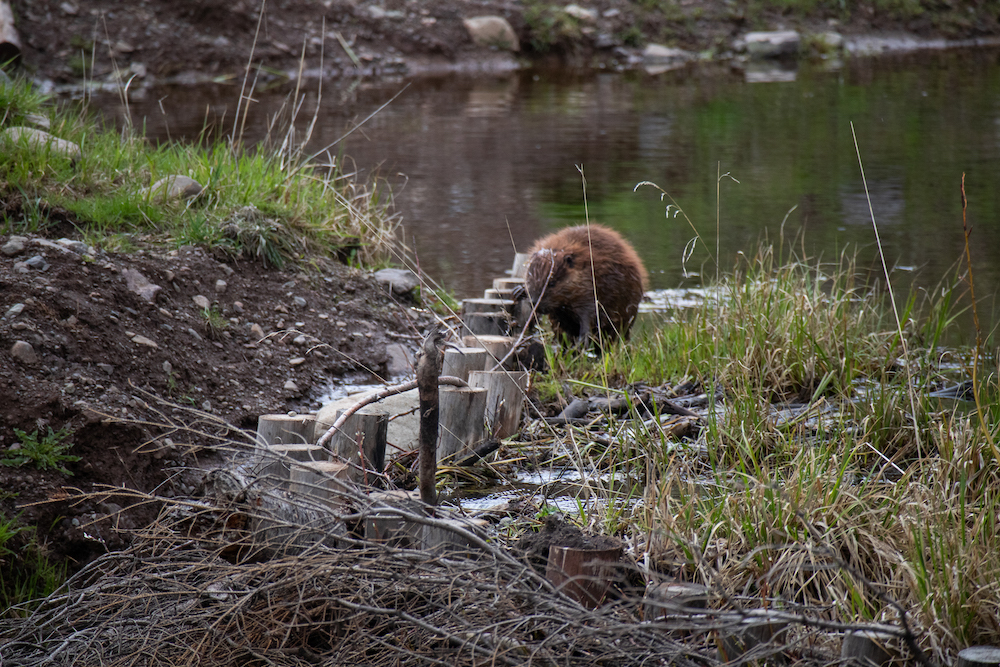
When Potter was enlisted to help relocate the beavers to the analogues, he drew on his trapping experience helping ranchers deal with local beavers that have caused flooding in their fields.
“It’s a little bit more difficult to do live trapping, and regular trapping is still necessary in certain circumstances, but when it could be implemented I think it is a beneficial tool to use,” Potter says.
“The beaver gets a better alternative, we get to have our free worker working on the beaver dams. And that's pretty mutually beneficial for everyone.”
But Potter thinks long-term monitoring will be necessary to understand how well everything is working out.
“Otherwise we’re just kind of doing a project and leaving it. And you don’t know what you can fix, and what you can change, and what you can do better,” said Potter.
Westbrook echoes this sentiment. “The research is really lagging the practice,” said Westbrook. “There's tens of thousands of [beaver dam analogues] now out in the system. They're cheaper and it sounds like it's more ecologically friendly… but there's been very little testing of [their] efficacy.”
Westbrook notes that the Canadian context could add additional questions into the mix as well, like how greater levels of snowfall and ice buildup could impact the retention of the soil keeping the analogues together, and how these climactic circumstances might lead to the need for more maintenance of analogues here.

Neil Fletcher of BC Wildlife agrees that long-term monitoring will be necessary to fully understand analogues’ efficacy, from the longevity of the analogues to their long-term effects on fish habitats and floodplains.
This kind of evidence gathering will also be helpful for informing future beaver dam analogue projects, Fletcher says, allowing other initiatives to benefit from lessons about what works best.
“If we get consistent monitoring happening, then we'll have a really good dataset and really good knowledge,” Fletcher says.
This evidence will be necessary in order to normalize what is currently a pretty novel practice — and help refine the province’s regulatory framework to make space for these kinds of projects.
While the province was generally supportive of the initial Howarth Creek pilot, B.C.’s regulatory framework didn’t exactly seem tailor-made to approve these kinds of projects, Willms says.
“We ended up having to get involved with the provincial dam safety authority,” said Willms. “At first glance, I think they weren’t super excited to try and figure out, ‘What do we do with this thing?’”
But, Willms says, he understands the dam safety authority was just doing its due diligence.
Fletcher agrees, but adds that compared to typical human-made dams, “they’re not holding back that much water at all.” The beaver dam analogues are pretty “low-risk,” Fletcher says.
Urban beavers?
On the bank of Still Creek in East Vancouver, between the Renfrew SkyTrain station and a Superstore parking lot, a five-foot-tall wooden beaver sculpture looks off into the distance.
Its creators, Carmen Rosen and Willoughby Arevalo, say that the sculpture is intended to provoke conversation about the role beavers have historically played in North American ecosystems, and why their habitats must be restored again.
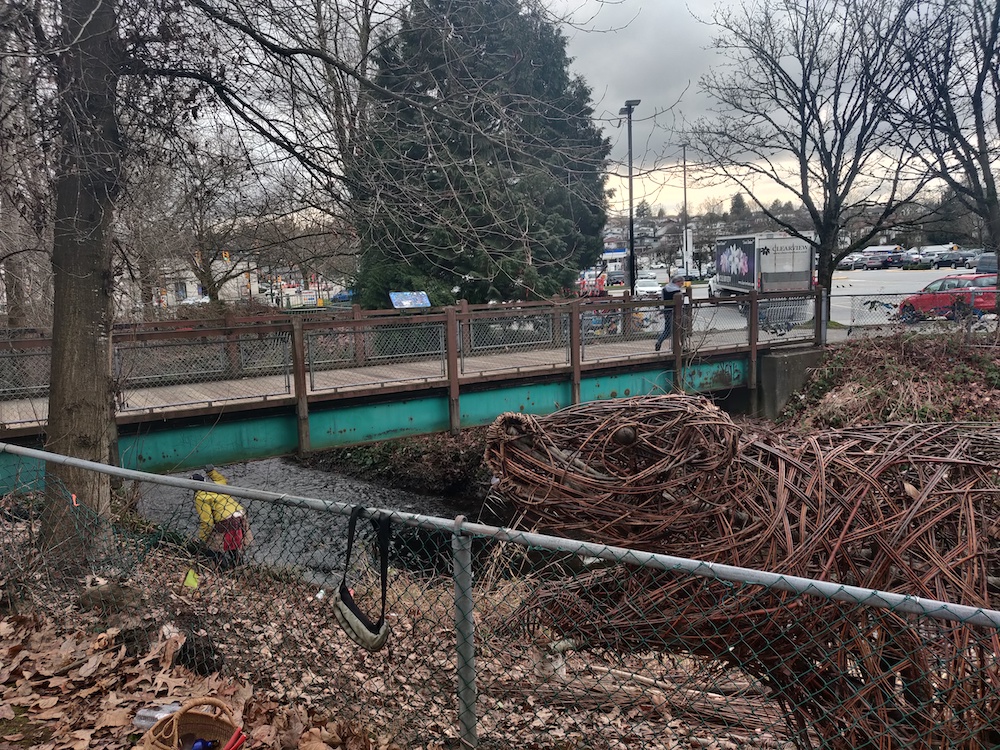
“They shaped the whole landscape of North America,” said Rosen, founding director of Vancouver arts and environmental stewardship organization Still Moon Arts Society. “And now we’re having all these consequences from removing a major landscape builder from the environment.”
Still Creek lies within the Grandview Boundary Industrial Area, which the City of Vancouver is interested in developing further. But the area is on a large urban floodplain, one that has roughly doubled in size between 1998, when it was originally mapped, and 2021, when a new pre-development study suggested that the city include “resilient land uses” and a “nature-based approach to flood mitigation” in its development plans.
According to the city’s Still Creek rehabilitation and enhancement study, “rehabilitating Still Creek, including daylighting portions and constructing wetlands, in the long term is feasible.” The study explored challenges for aquatic life in the creek, which is one of only two remaining partially daylighted streams in Vancouver — that is, streams which haven’t been buried and culverted for development.
In line with this study, and the city's goal to use nature-based solutions for flood mitigation, Arevalo and Rosen believe that beavers, and beaver dam analogues, provide a workable solution for the city’s aims in the area.
Jennifer Rae Pierce, a political ecologist who has studied the presence and impact of beavers in Vancouver, agrees that beavers provide benefits to residents and urban-ecosystems alike.
“If you have beavers in the city, it can be pretty amazing for bringing people in an urban location closer to wildlife,” said Pierce. “It’s a great opportunity to develop those relationships with nature and to learn about these incredible animals.”
In an emailed statement, Amir Taleghani, senior flood and drainage planning engineer at the City of Vancouver, noted that while the city is exploring nature-based approaches and creating wetland areas to capture and slow water, which “relates to the concept of beaver analogues,” they’re still in the “exploration stages” of developing a plan.
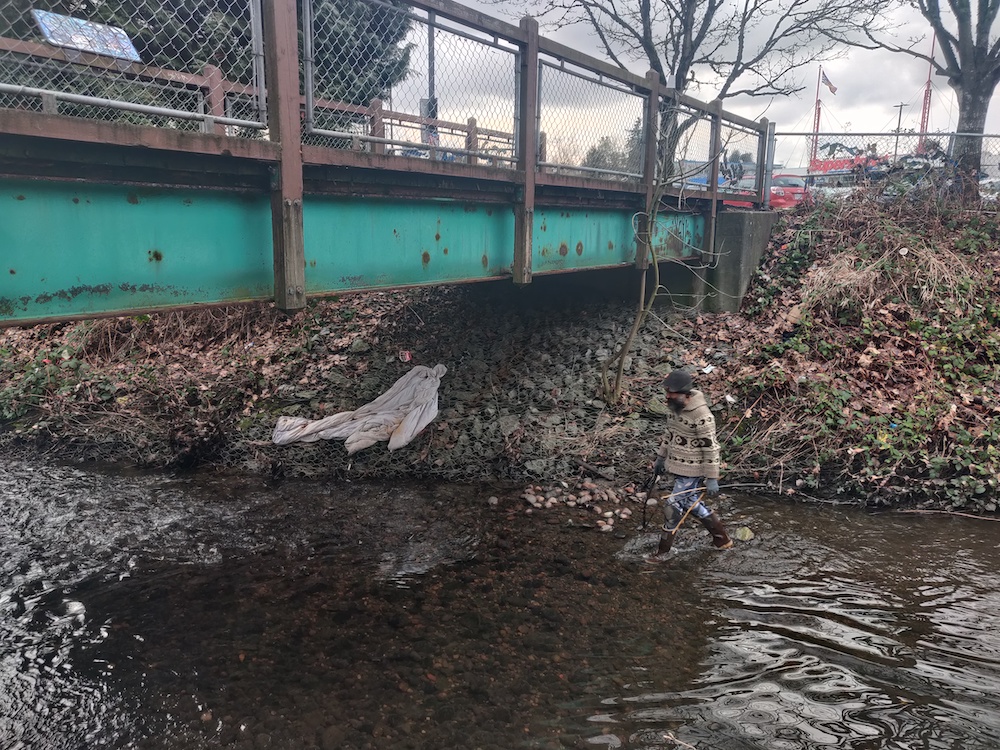
Beaver dam analogues could definitely be a harder sell in urban areas, Fletcher says. The density of urban areas like Vancouver means more infrastructure, property owners and stakeholders in a smaller area.
“The more landowners that are involved, the more that stream is crossing property lines, the more challenging projects will be to implement,” Fletcher says.
Still, Fletcher thinks the work of re-evaluating our relationship with beavers can be worthwhile. In Alberta, he says, there’s a growing trend of rural ranchers embracing beaver activity rather than pushing them away, finding that the creatures can prove helpful in irrigating their fields. Communication with the public, he says, will likely be key to getting people on board with the idea of having more beavers around.
Putting down sticks
While Rudy and Judy have successfully been brought to Howarth Creek, they, and other translocated beavers, may not ultimately decide to make the creek their home.
To track Rudy and Judy, each has been tagged and micro-chipped. The tags include contact information for Willms, and will help identify the amphibious rodents should they decide to do their work elsewhere — or if they’re found by trappers.
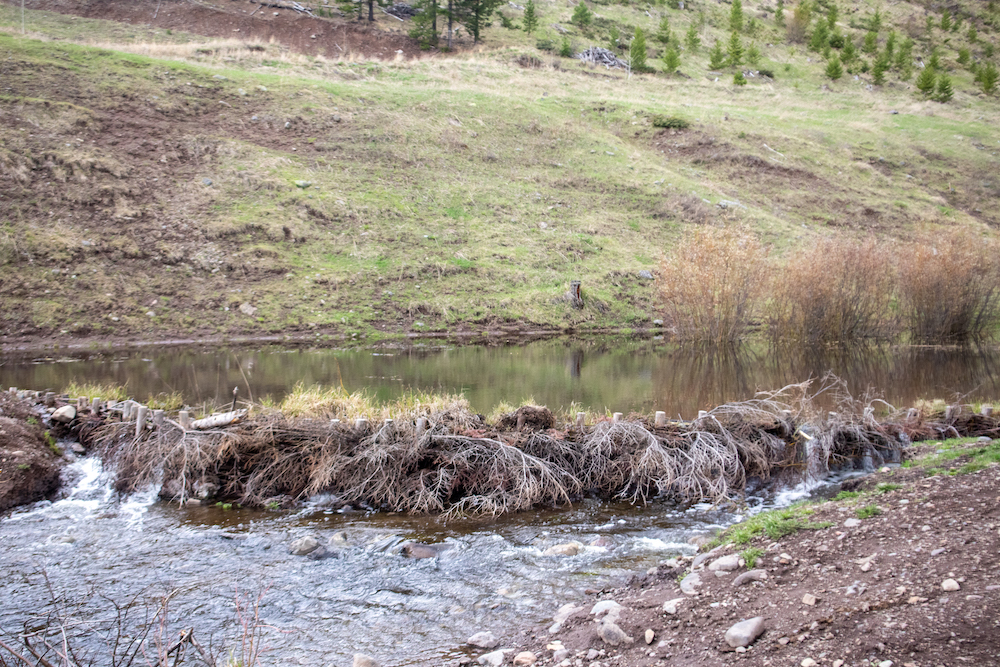
The team is waiting on results about the sex of the animals. Ideally, they’ll discover the siblings are male and female, and they will decide to put down sticks and stay. Beavers are family-oriented, and without a partner in building and an appreciation for the neighbourhood, they will look elsewhere for a place to call home.
Westbrook notes that beaver translocation success rates are low, and recent reports she’s looked at show a mortality rate of 70 per cent.
Monitoring and gathering results at Howarth Creek will assist in other future projects. At least 12 organizations in the province, in areas such as the Thompson, Nicola, Okanagan, Shuswap, Kootenay and Caribou, are interested in creating their own beaver dam analogues, Fletcher says.
If permits for more beaver dam analogues are approved, the next one will be located near Merritt and start development in the fall.
Willms knows that it’s hard to predict whether the translocation will be a success. But moving beavers in tandem will help their odds, and Willms feels that getting permits to build the analogues and translocate beavers to Howarth Creek for long-term monitoring — an area that Willms says has historical evidence of beaver presence — is a success in itself. He hopes educating people about the importance of beavers is a step forward in righting the loss of beavers from the landscape.
“They're a huge pain when they're messing around with human-made infrastructure. But on the other side, they've got this incredibly important ecological role in terms of building wetlands,” Willms says.
“Sometimes, it takes losing something before you figure out how important it is.” ![]()
Read more: Indigenous, Environment, Urban Planning





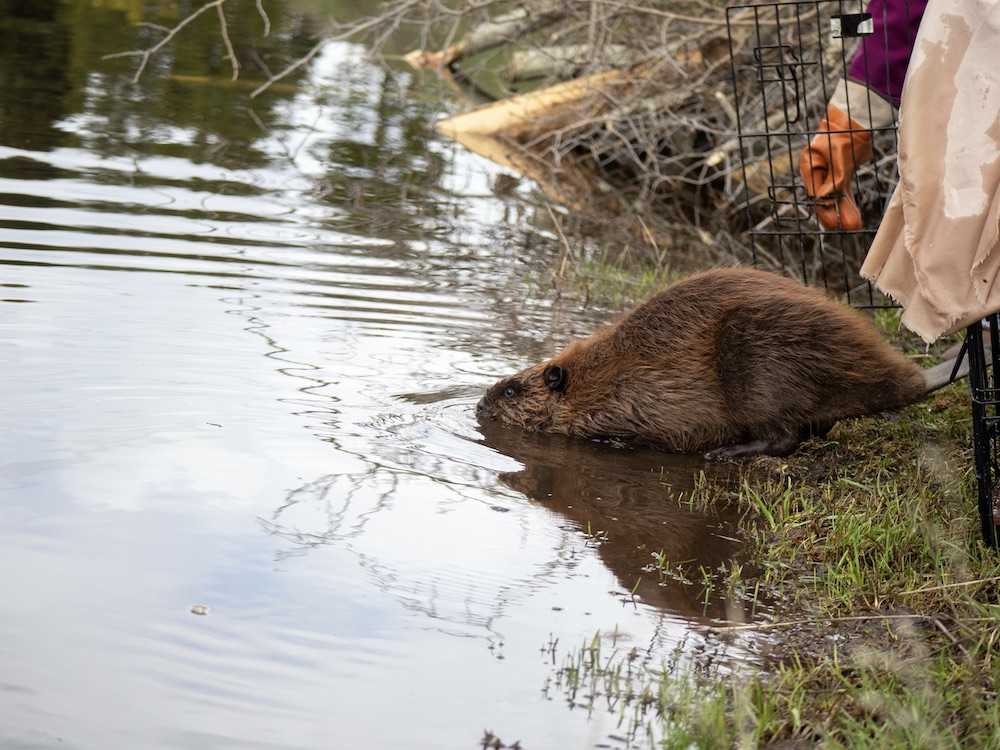


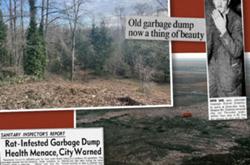









Tyee Commenting Guidelines
Comments that violate guidelines risk being deleted, and violations may result in a temporary or permanent user ban. Maintain the spirit of good conversation to stay in the discussion and be patient with moderators. Comments are reviewed regularly but not in real time.
Do:
Do not: